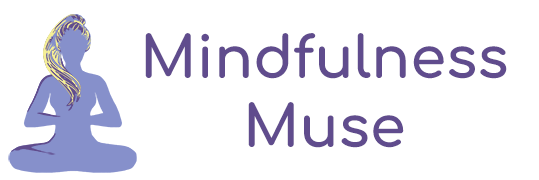Burnout Syndrome: Risk Factors & Subtypes Identified

“One of the symptoms of an approaching nervous breakdown is the belief that one’s work is terribly important.” – Bertrand Russell
Many of us know what it feels like to be overwhelmed, overburdened, and just plain overworked. Whether your job is working as a top executive at a large corporation, a stay-at-home mom, or as your own boss in a home office, the demands of work may lead to a sense of feeling “burned out.”
Burnout is characterized by a powerful cocktail of:
- Exhaustion
- Cynicism
- Inefficacy
Basic Subtypes of Burnout
Researchers at the Aragon Institute of Health Sciences have analyzed specific risk factors that influence the development of the three basic subtypes of burnout:
Frenetic
Individuals who develop a frenetic style of burnout typically work an incredible number of hours per week. In fact, people who spend more than 40 hours of their typical week working are six times more likely to develop burnout syndrome than someone working less than 35 hours per week. People who are affected by frenetic burnout are generally deeply involved in their roles at work, are quite ambitious, and have many tasks to accomplish.
Under-challenged
People who manifest an under-challenged subtype of burnout syndrome usually get bored with their day-to-day tasks and feel that they are without sufficient opportunities for personal development. Researchers explain that administrative and services staff are almost three times more likely to be categorized within this burnout group than research or teaching staff.
Worn out
The worn out type of burnout syndrome usually develops within those who have been working at the same or similar job for many years. They may reach a point where they begin to ignore their responsibilities because they feel that they are not appreciated or recognized for what they do. Imagine how a job that does not provide sufficient intrinsic motivation could lead to someone simply “going through the motions.”
No matter what subtype of burnout syndrome one falls into, it is always characterized by some combination of exhaustion, cynicism, or inefficacy. Experts generally consider burnout syndrome to be present when at least one of these characteristics are present.
Regarding one’s level of education, research indicates that those at the extremes are the most likely to suffer from burnout – those with very little education/training and those with the most education/training. One’s social environment also plays a crucial factor in one’s risk for developing burnout. If a person has strong social supports, he is less likely to develop burnout syndrome than someone else with a strained or otherwise lacking social support network.
Engagement in Work
Why do some people develop burnout syndrome and others not? According to Maslach, who developed the most well-known instrument for assessing burnout syndrome (Maslach Burnout Inventory), the opposite of burnout is engagement. Engagement in one’s work is characterized by:
- Energy
- Involvement
- Efficacy
While it is not always possible to be fully engaged in one’s work or to find work that fully piques your interest, it is possible to adjust the manner in which we meet our work. By “meet,” I mean that it is within our personal control to choose whether or not to be present and mindful. Even if folding the laundry/doing chores, filling out mundane spreadsheets, or answering an office telephone is “uninteresting,” we still have the constant opportunity to meet our work with conscious engagement. Better to be fully present and aware in the moment than emotionally numb and “checked out.”
The next time that you find yourself immersed in an uninteresting work-related task, how can you choose to see that task as an opportunity to mindfully connect with yourself and others? Your presence is the greatest gift that you can give to yourself and others. Choose to be here.
– – – – – – – – – – – – – – – – – – – – – – – – – – – – – – – – – – – – – – – – – – – – – – – – – – – – – – – – – – – – – – – – –
Plataforma SINC (2011, June 24). Work got you down? Researchers identify risk factors associated with development of different burnout types. ScienceDaily. Retrieved June 27, 2011, from http://www.sciencedaily.com /releases/2011/06/110624083508.htm
Featured image: The Dawn by Ravages / CC BY-SA 2.0
